We have to admit that travelling with a drone has been exciting and enjoyable at the same time, as it made it possible for us to see landscapes from a very different perspective – and it is quite spectacular to be able to see some landscapes from a bird’s-eye view. After all these years of travelling with a drone, and flying the drone in all kind of scenarios, we have learnt a few lessons – some were even learnt the hard way (unfortunately, in the meantime, we have already lost two drones).
We share below some of these lessons and the things you should do from the day you buy a drone, to the day you are caught in a storm, or to what to do in customs when entering in a new country with a drone. Read until the end, as we have a useful treat for you at the end of the article!
DISCLAIMER:
Please take your time to carefully research and read about the laws and rules of your country, as well as of the country or the region where you plan to fly. Flying a drone bears a lot of responsibility and it is always better to be safe than sorry, particularly, when taking into consideration the risks for yourself and others. We don't mean just physical harm but also legal consequences or even prison. Make sure you know the rules!Have a look at the initial steps that we recommend you to take before going out and having fun with your drone.
Step one: Register your drone in your country of residence (procedure for Europe)
You should register your drone with the National Aviation Authority. Once you register, you receive a registration number, which you should stick on your drone. You should also add this number on the ‘Remote Identification System’ in the software or flying app of your drone (via your remote control or your smart phone). This registration is recommended, but it is not mandatory.
Step two: Register yourself as a UAS operator
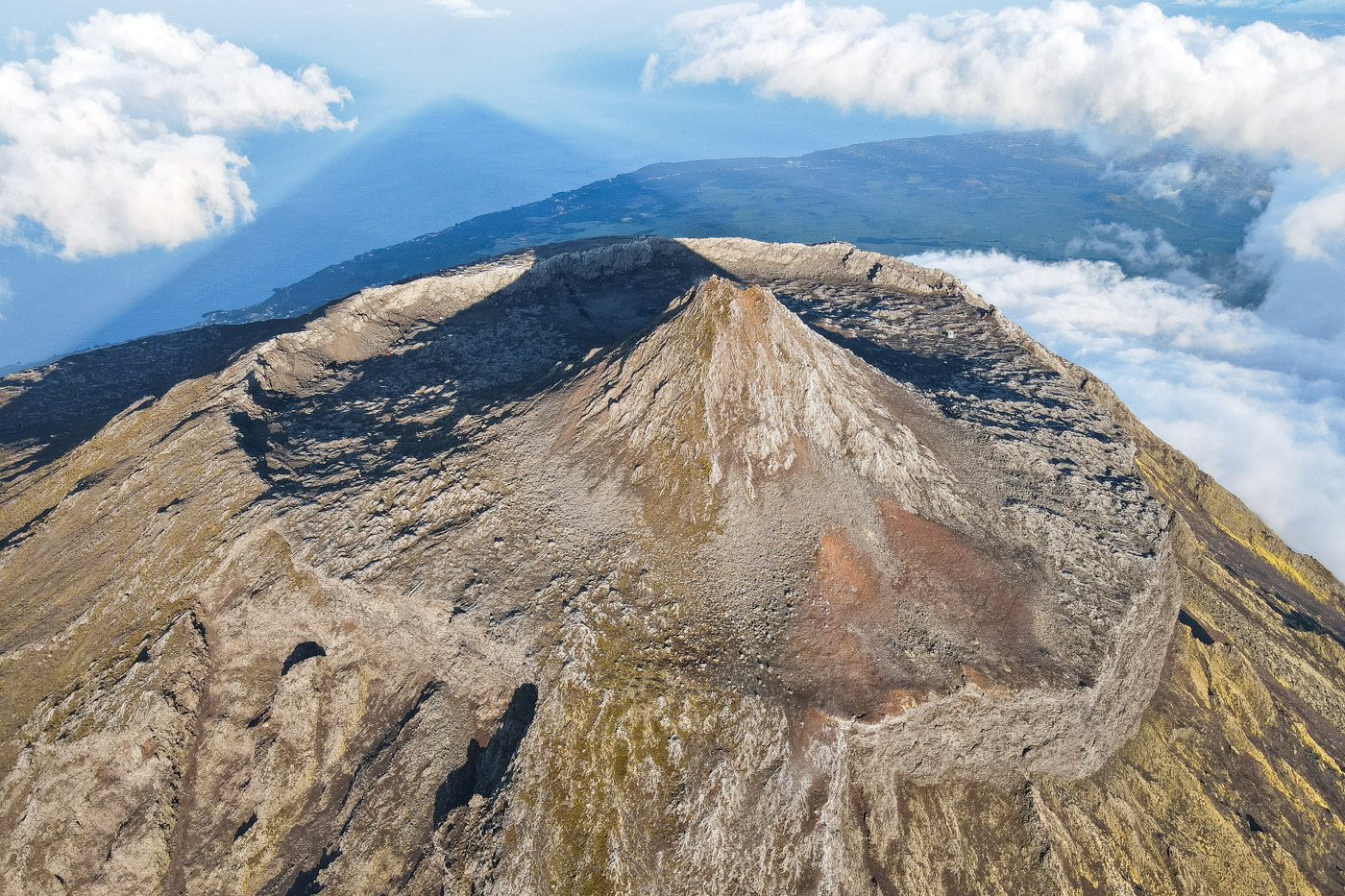
According to European regulations, you have to register as a UAS (Unmanned Aircraft System) operator if your UAS:
- is heavier than 250 grams.
- weighs less than 250 grams but is capable of flying above 90km / hour.
- weighs less than 250 grams but is equipped with a camera or a microphone.
In practice, it looks like, basically, all operators of drones with cameras have to make the online registration. This registration is mandatory and free of charge. Each European country has its own website where to register online. In Luxembourg registration can be done via the MyGuichet platform.
Step three: Know your drone thoroughly… Read the manual!
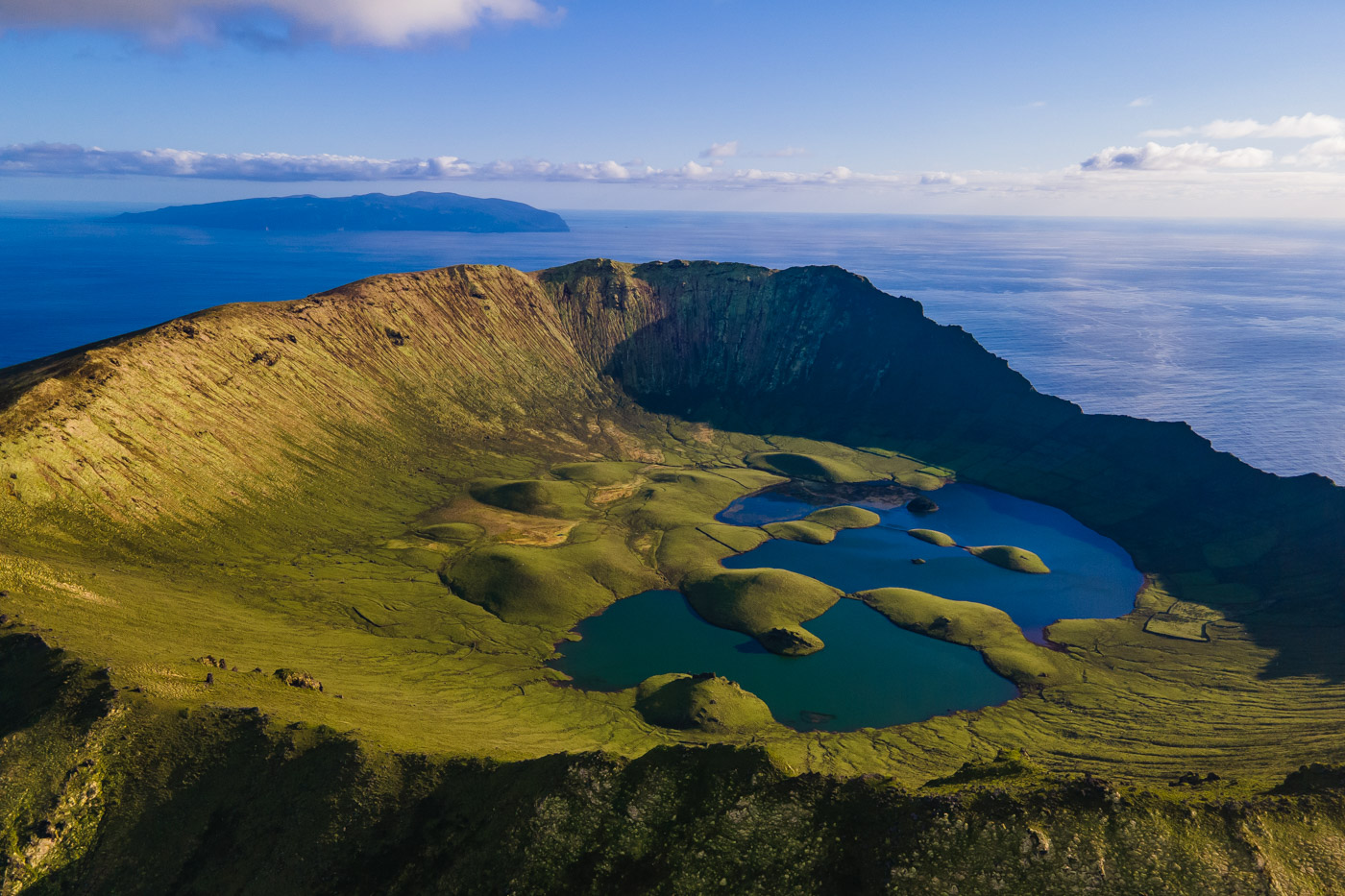
If you belong to that category of people who reads thoroughly the manual of each new apparatus, appliance or device, I am afraid you belong to a minority group. Unfortunately, most of us get so excited about having a new toy that we forget everything about reading its manual. Our advice is: get to know your drone, understand the function of each button, learn the different programs, how to move it in all directions, how to fly it back to you, what to do when you lose contact, etc. Read the manual!
After taking the above three steps, you are ready to start playing with your drone. If you wish, you can read below the lessons we have learnt while flying our drones. Perhaps you will find them useful in some particular situations.
Lesson One: Learn how to fly your drone
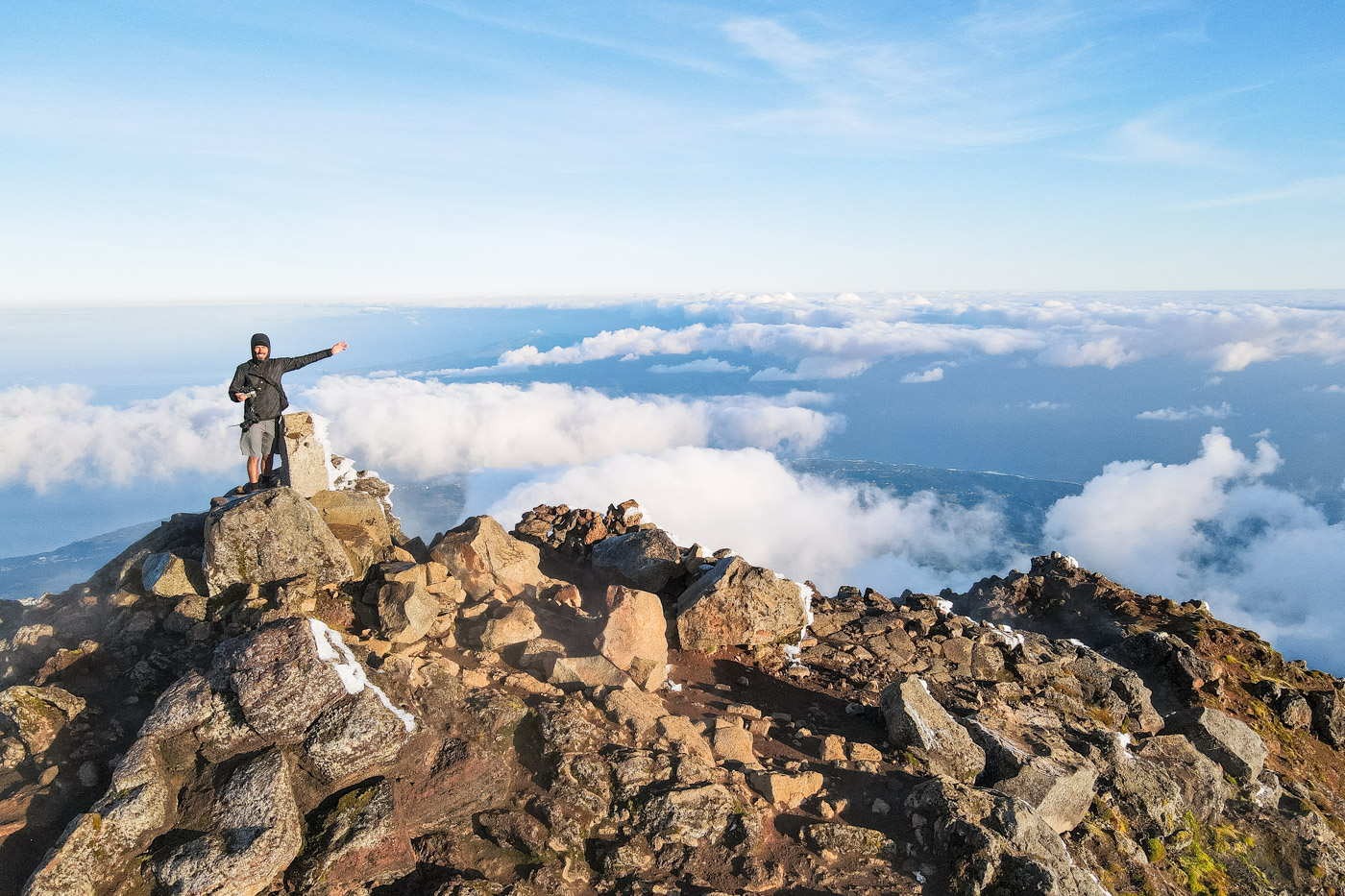
We have to confess that when we started flying our drone we did not know whether there were any trainings or licences to learn how to fly a drone. Taking a licence was not compulsory back then and admittedly there were not many (if any) options at the time, to take such trainings. We started immediately flying our drone before taking any theoretical or practical lessons. In retrospect, we think this wasn’t the best approach, therefore we do not recommend that you start immediately flying a drone before learning some basics. If you want to fly your drone, without knowing any basics, chose a very open area (such as a field with no people and no animals), where you can do your first flights.
Lesson Two: Get a licence
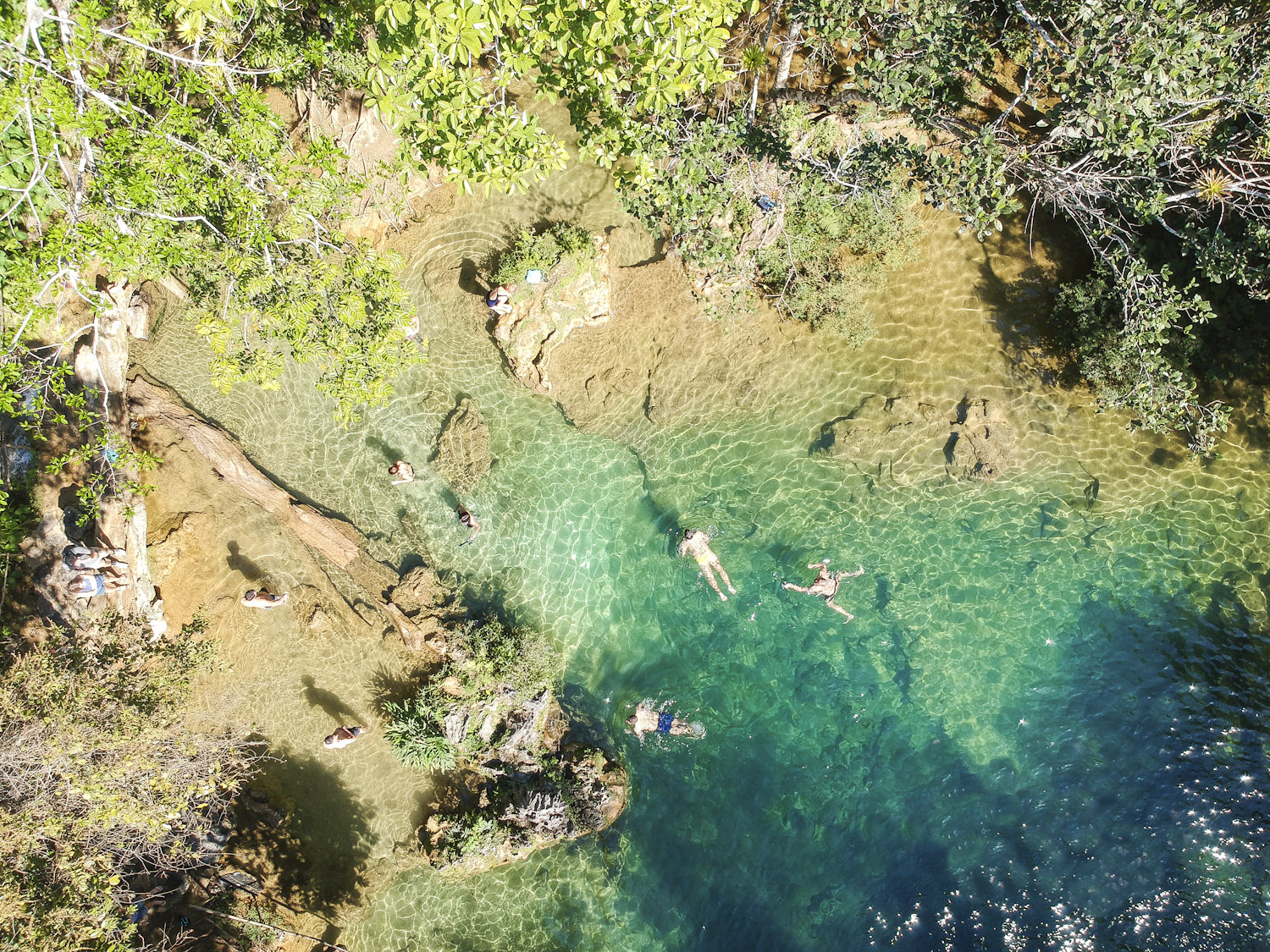
We have only recently got an online licence and we have to say, that despite all the experience we have already, we were happy that we got this licence it. The license teaches a lot of things such as regulations, but also what to do in case you lose contact of your drone or what to do in case of having any incident.
Lesson Three: Keep your drone in sight – always!
We have been flying drones since 2017, and we have had this rule as one of the most important when flying our drones. We are always two when flying our drone. We are a team of pilot and co-pilot, in which the co-pilot always keeps the drone in sight. This allows the pilot to be fully concentrated on the shooting and flying, while the co-pilot keeps an eye on the drone and on its close surroundings, making sure the drone is not in danger or causing a dangerous situation.
Lesson Four: Practise, practise, practise
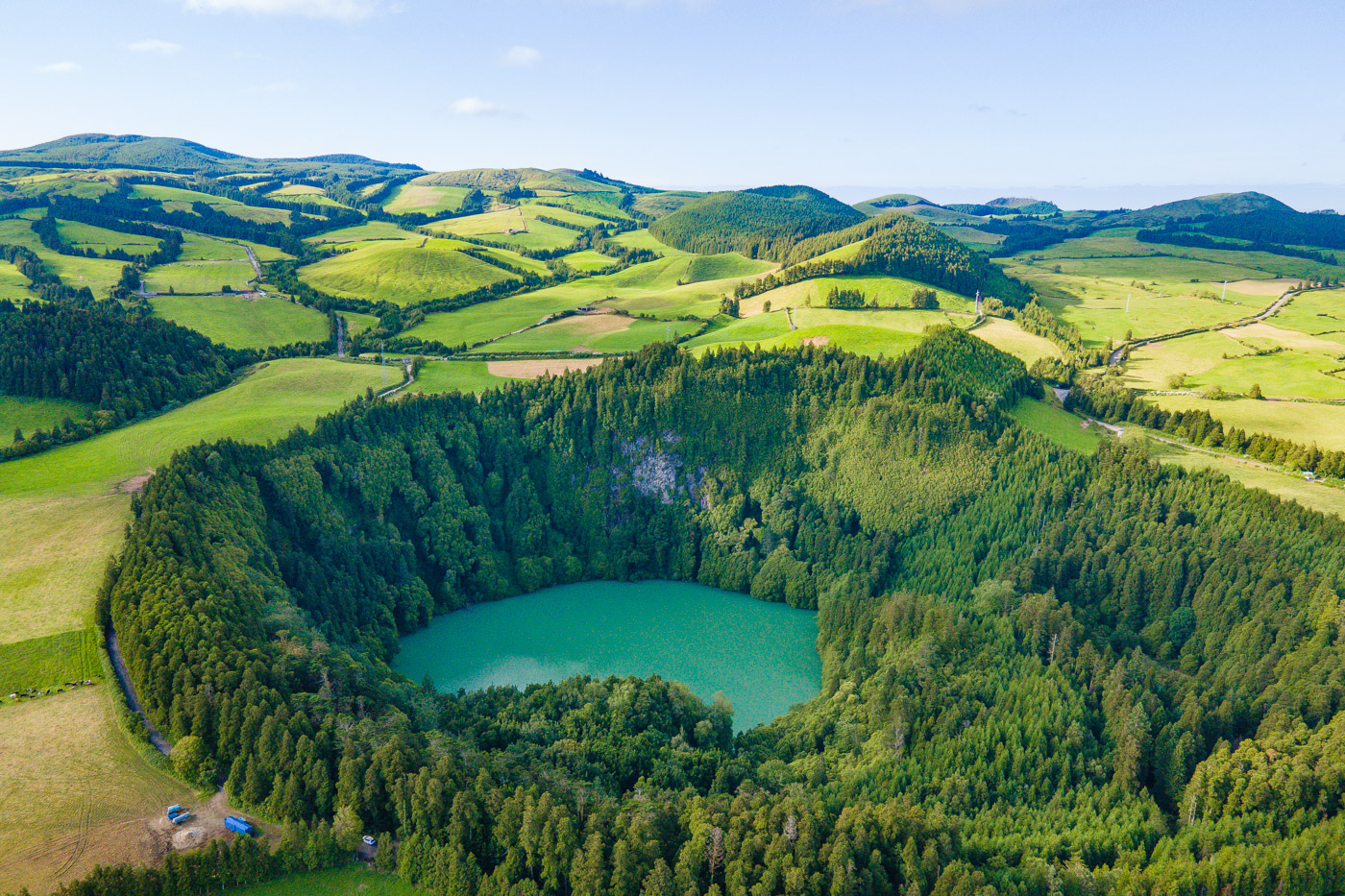
There is no way to avoid this simple rule: if you want to be a good pilot, you’ll have to practice. A lot! The advice we give is, take your drone, go somewhere out in nature, without wind or high mountains. Choose an easy-to-fly location, without any people, so that you can concentrate on the flying, and can begin to understand how flying works, how your drone and command behave, which buttons to use to return the drone home, how to increase and decrease altitude, how to fly towards you and in the opposite direction. There are plenty of things that need practice, and that’s where you should start. Know and train what to do when you lose contact between your remote and your drone. Believe us, this happens more often than you think, and the reasons are not always very obvious which makes it unpredictable.
Lesson Five: Be attentive to the critical low battery alarm
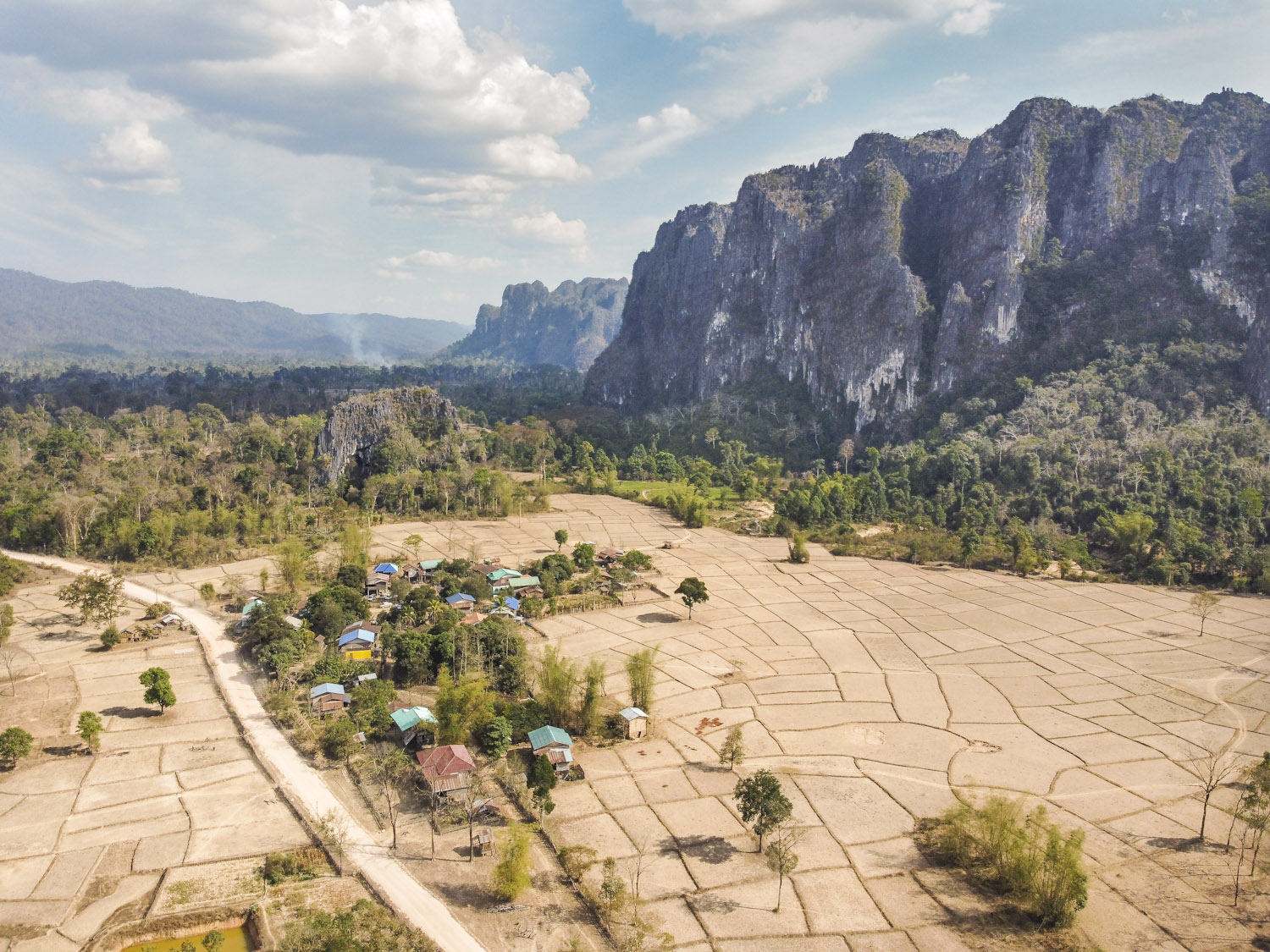
Your remote control will probably send you a notification when the battery of your drone is running critically low. Our advice, especially if you are a beginner, is to listen to the device. Bring your drone back to you, and do not leave it in the air until it starts the automatic emergency landing. This can cost you a drone, if you are flying above water, for example. Emergency landing will just bring the drone down, it will not choose a safe place to land it. Make sure to train this situation thoroughly.
Lesson Six: Don’t underestimate strong winds
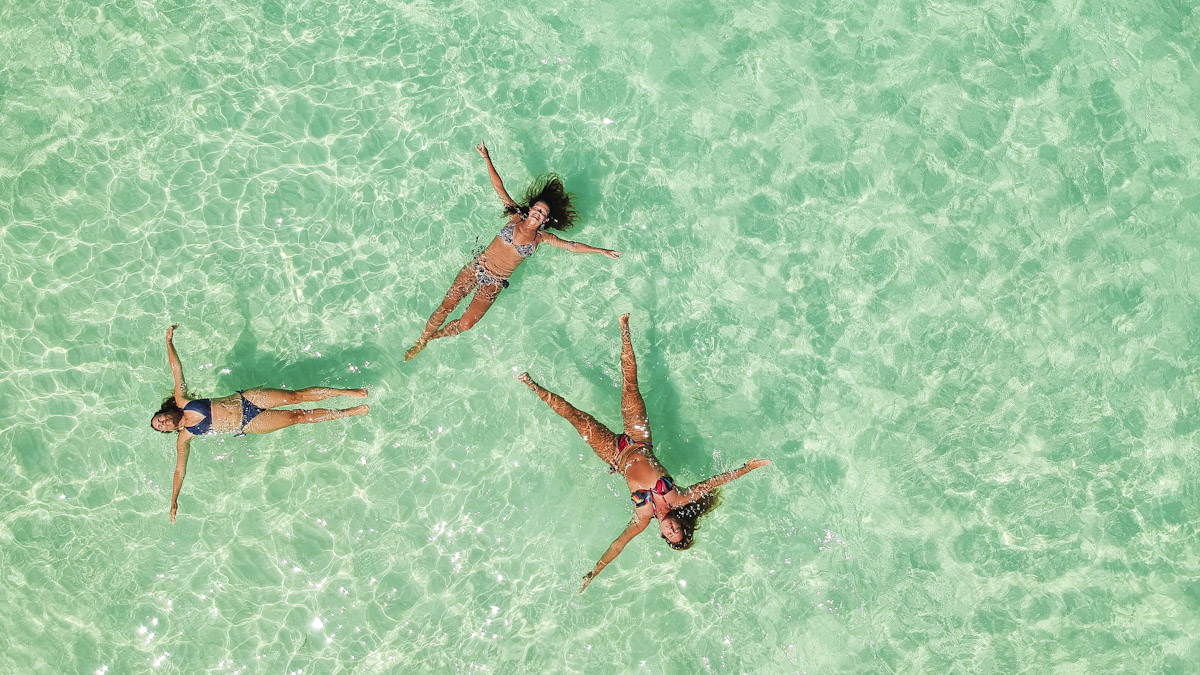
We learnt this lesson the hard way: we lost our DJI Mavic Mini, when it was taken by a sudden wind gust that happened in the most unsuspecting way. Unfortunately, our drone was not strong enough to fly against the winds and, at the time, we did not know a few tricks that could have prevented us from losing it. So here are the three tips to try to bring your drone back to you if this happens to you:
- Switch to sport mode (so it gets some extra power and speed);
- Do not fly straight against the wind, instead, fly zig zag perpendicularly to the winds, just as sailing boats do.
- Preferably, choose your flight direction so that you have tail winds when flying back home (or towards you).
Note: When this happens your drone can drift away quickly, so make sure you know exactly what to do and do it quickly because you might lose contact very quickly!
Tip: In order to make sure there are no strong winds approaching, you can check the Windfinder app or any other weather app that shows the wind speeds and their directions. But remember that the app doesn’t show sudden unexpected wind gusts.
Lesson Seven: Avoid to fly in areas with high levels of electromagnetism
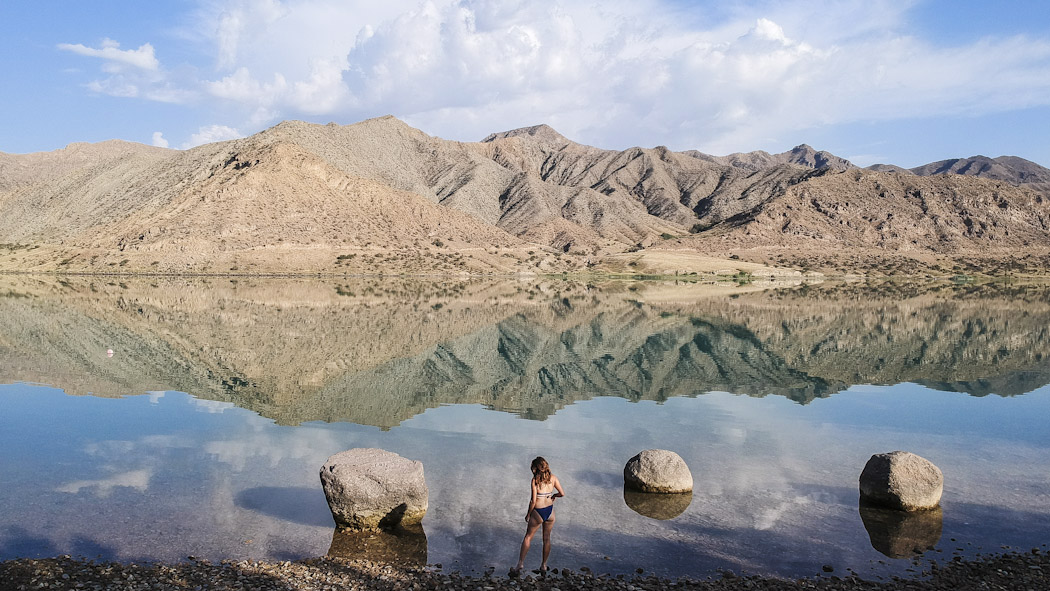
Another lesson learnt the hard way. We lost our first drone (DJI Spark) in Japan, while flying it in a narrow gorge. Unfortunately this gorge was made of volcanic rock and had some kind of magnetism. We don’t know exactly what happened, but suddenly we lost control over it and the drone started flying in all directions. We were unable to regain control over it and it crashed against the rock, falling straight into the water body below…
Electromagnetic fields are, by the way, not just found around volcanic rock, but also in cities (due to mobile communication antennas, for example), around metal structures or power lines. These are very difficult to detect, so be aware of them. On top of electromagnetic radiation, your drone is also exposed to geomagnetic fields caused by solar winds. If the activity of these solar flares is high, this can pose a risk to the GPS equipment of the drone and to its accuracy.
Tip: In order to avoid these geomagnetic fields, you can verify them via the Kp-index in the Drone Buddy app. The scale goes from 0 to 9 – where 9 represents a significant geomagnetic storm and a reading from 0 to 4 confirms calm conditions, in which we feel safe to fly our drone.
On a side note this Kp-index comes-in handy when you are about to go for Aurora Borealis sightings. On high latitudes you are most certainly able to see aurora lights with a Kp-index above 4.
Lesson Eight: Know how to find your drone
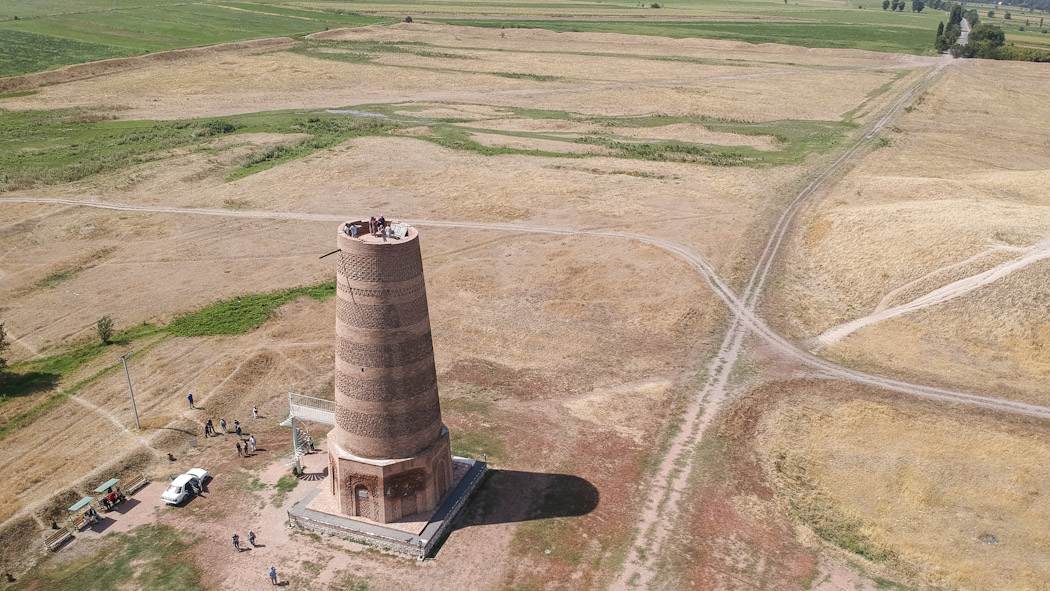
Imagine that you lose your drone. It can either happen because you crashed it, or because it landed automatically, in urgency, or because it was taken by strong winds. Don’t worry yet. There are a few ways to help you find it.
The first thing to do is to go to the ‘Find My Drone’ option in your drone flying app. Most drone models have this option. Unfortunately, this is not a 100% guarantee that you’ll find your drone. This function in your drone reports the last position of the drone before it lost the GPS connection. From our own experience that doesn’t mean that the drone is actually there. It could be that it lost GPS connection and that it was dragged even further away by the wind. We went tot he location indicated by the ‘Find My Drone’ app but never found it. Our drone was literally gone with the wind.
An alternative to this integrated Find My Drone app, is to add a GPS tracker that you can buy and fix to your drone, as a separate gear that you glue to the drone. There are various systems available with varied battery longevity. Some of the batteries of these small GPS trackers last only a couple of months while others can last a couple of years.
A very simple thing that you can also do is to write next to the registration number of your drone your phone number or email address. So that, if a serious person finds your drone, the person knows how to contact you.
Lesson Nine: Try these useful apps
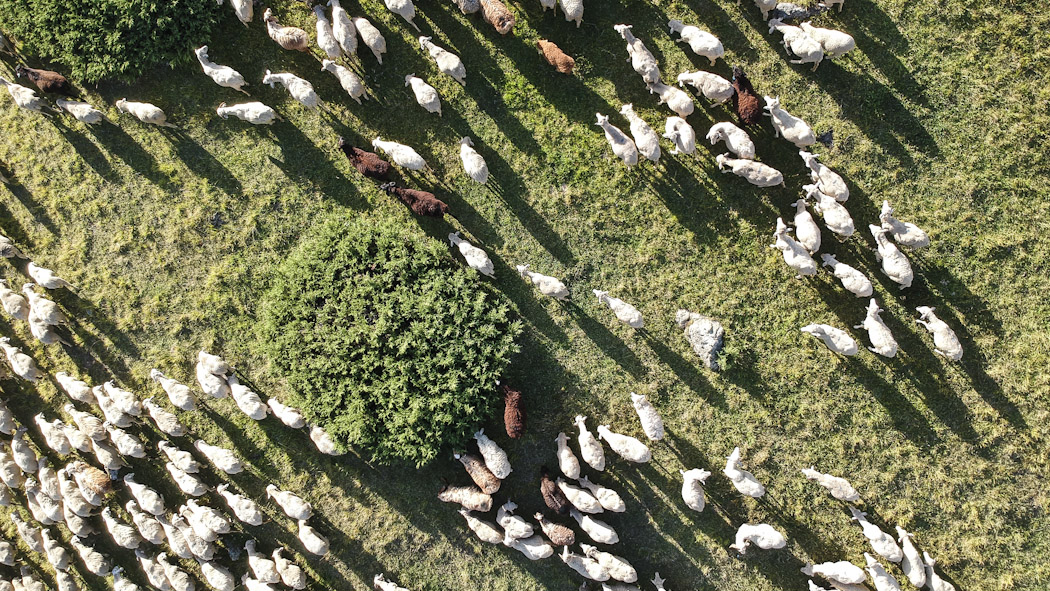
The following are the apps that we advise you to check before launching your drone. They are all very helpful and we use them every time we fly our drone:
- DJI Fly App > to check for Geo Zones or zones with flight restrictions
- Drone Buddy > to check for wind, Kp-index, No Fly Zones and visibility
- Flightradar24 > to check for the regular air traffic at the location
Note: Not all flights are seen in this app. Notably rescue, military or police aircrafts (both helicopters or planes) don’t necessarily show up in this app. So keep your eyes open at all times to be aware of what happens around you and around your drone.
We also use the Windfinder app to have a more precise idea of the wind conditions. We also check other weather apps to double check the weather conditions.
Lesson Ten: Create your own pre-flight checklist
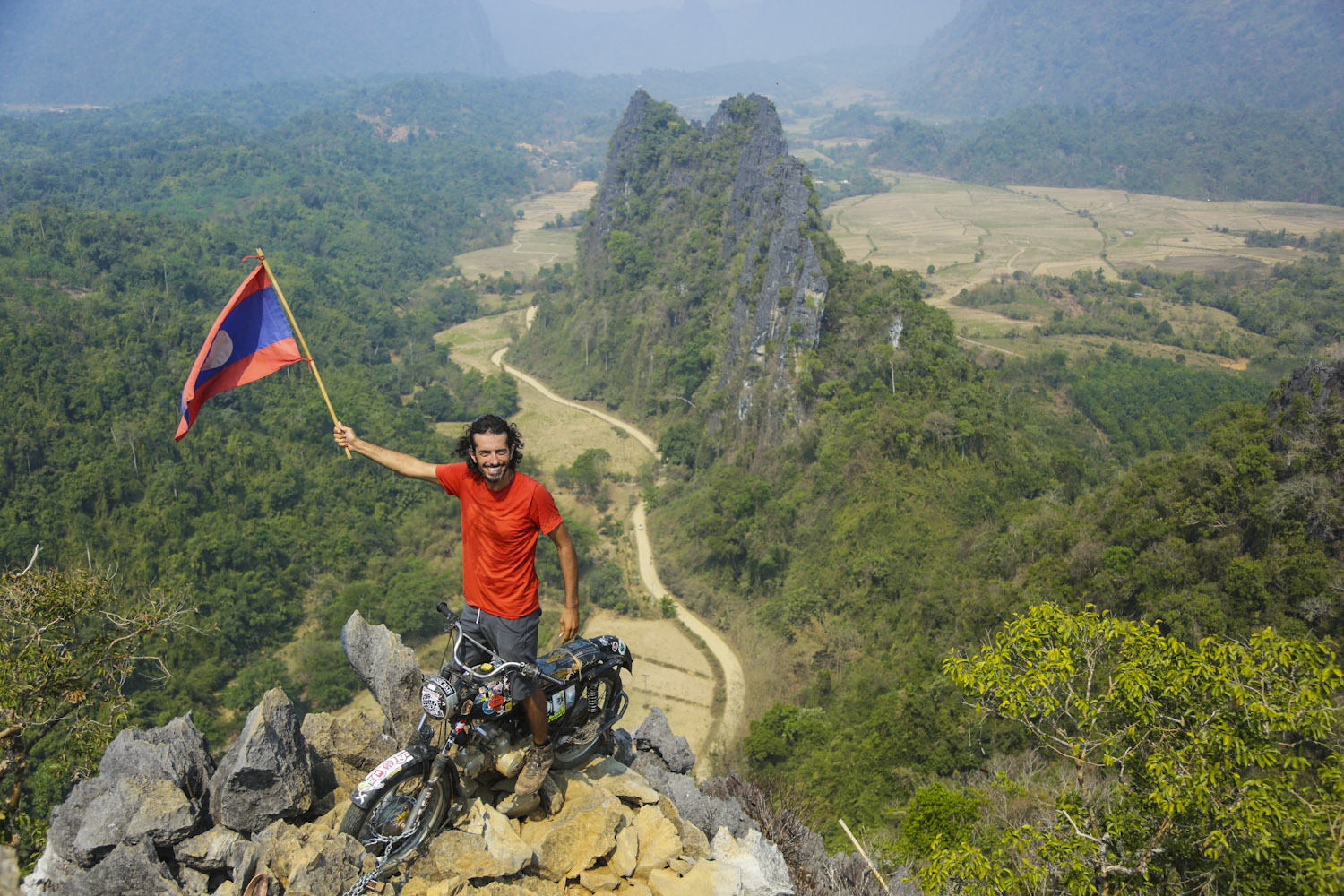
It is very handy to have one’s own checklist at hand before flying. This check list ensures that we don’t forget anything important in order to minimise any potential risk situation. Below you see our checklist that we have on our smartphone (in the Notes App).
Feel free to copy the checklist and adapt it to your specific needs and don’t forget to keep it near you (on your phone for example!). You can also print it out and have it in your drone bag.
Full Pre-flight Checklist:
- ____ Do you have the following ready? (full battery, SD card, remote control)
- ____ Check for no-fly zones (DJI App etc.)
- ____ Check weather + wind conditions + Kp-index (Windfinder + Drone Buddy App)
- ____ Know your Max wind speeds (DJI Mavic Air 2: normal 38 km/h; sport mode 68 km/h)
- ____ Check flights on Flightradar24 App (for nearby aircrafts, if necessary)
- ____ Turn off Wifi (to avoid interferences)
- ____ Turn on ‘Do Not Disturb’ – half moon icon (to avoid disturbance from calls or messages
- ____ Turn off all other Apps
- ____ Evaluate flying zone (visually check for lines, trees, birds, other flying objects)
- ____ Ensure batteries are fully charged
- ____ Check propellers
- ____ Check SD Card (is it inside – does it have enough memory?)
- ____ Remove gimbal guard (before switching drone on)
- ____ Connect remote control w/ smartphone (don’t forget to connect the RC cable)
- ____ Turn on aircraft + RC (wait 20 seconds – for drone to boot)
- ____ Ensure firmware is consistent (between drone + RC)
- ____ Check for errors (SD card error, any other errors)
- ____ Calibrate drone compass (if necessary)
- ____ Set correct camera settings (for your particular flight + location)
- ____ Wait for GPS contacts (before launching the drone)
- ____ Hover for 10 seconds (listen for any defects)
- ____ Flight
We hope these tips are helpful to you and we wish you many safe flights! And if you notice any errors or omissions in this article please let us know in the comments below.
Note: Please note that flying a drone is an activity that involves some risks for you and for third parties (people and properties alike), so exercise all due diligence and do the necessarily preparations before any flight.


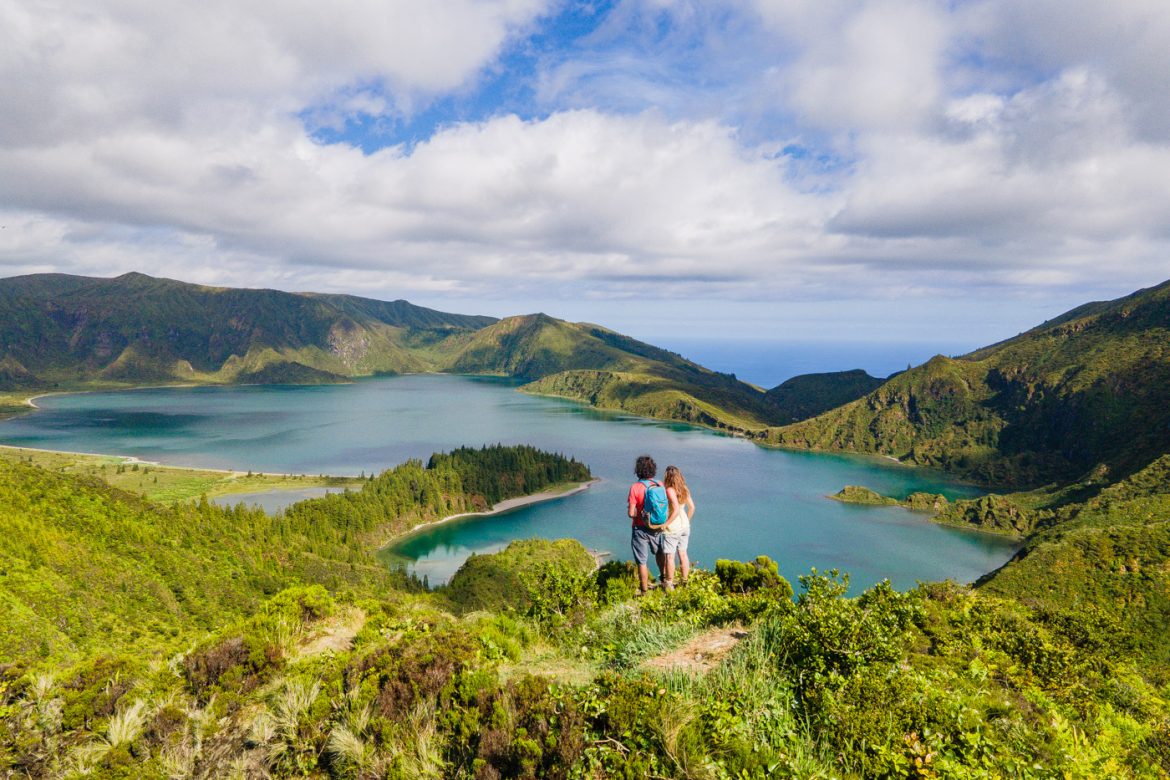
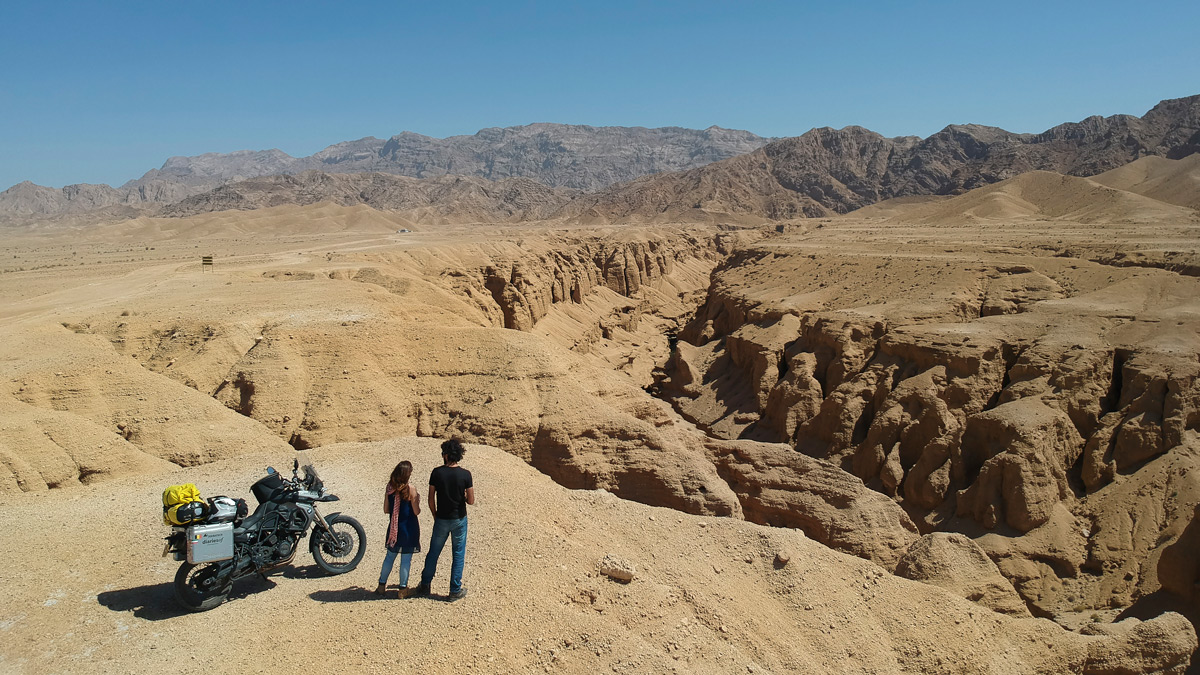
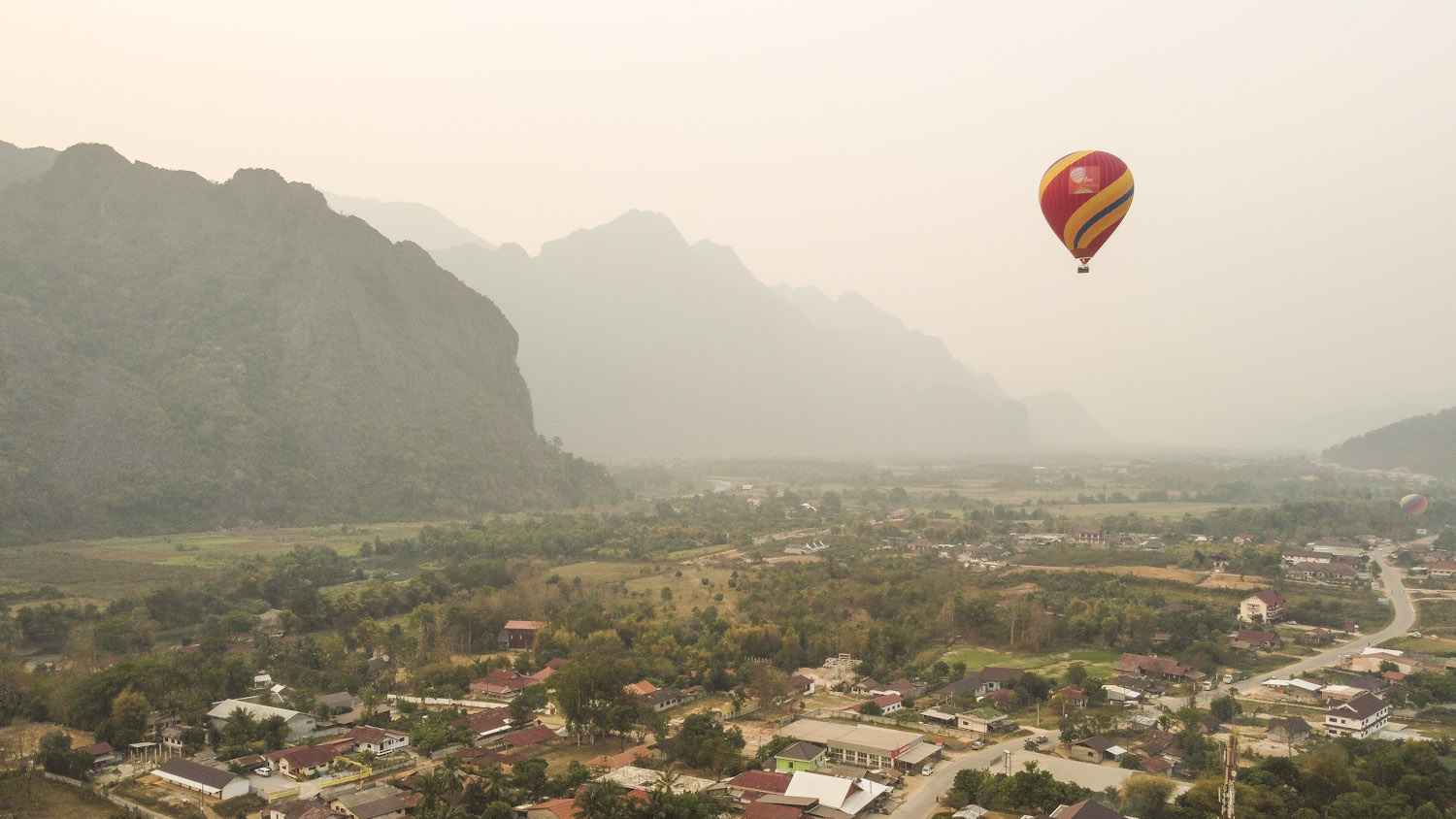

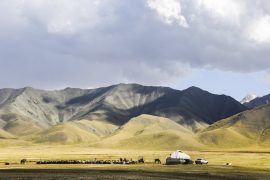
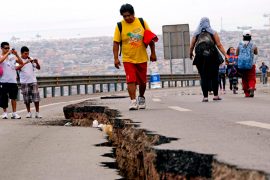



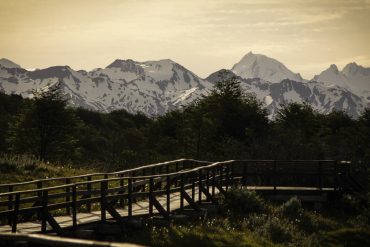

Muito bom como sempre !
Qual é o vosso actual drone ?
Olá Carlos, muito obrigada! Depois de termos perdido o Spark (num desfiladeiro com campos magnéticos) e o DJI Mavic Mini numa tempestade de vento, que apareceu do nada (!!), agora temos o Mavic Air 2. Estamos muito contentes com ele, mais robusto que o Mini e com mais qualidade de imagem. Se quiseres ver as últimas filmagens com ele, vê o nosso video das Flores (no youtube). Beijinhos nossos e até breve!